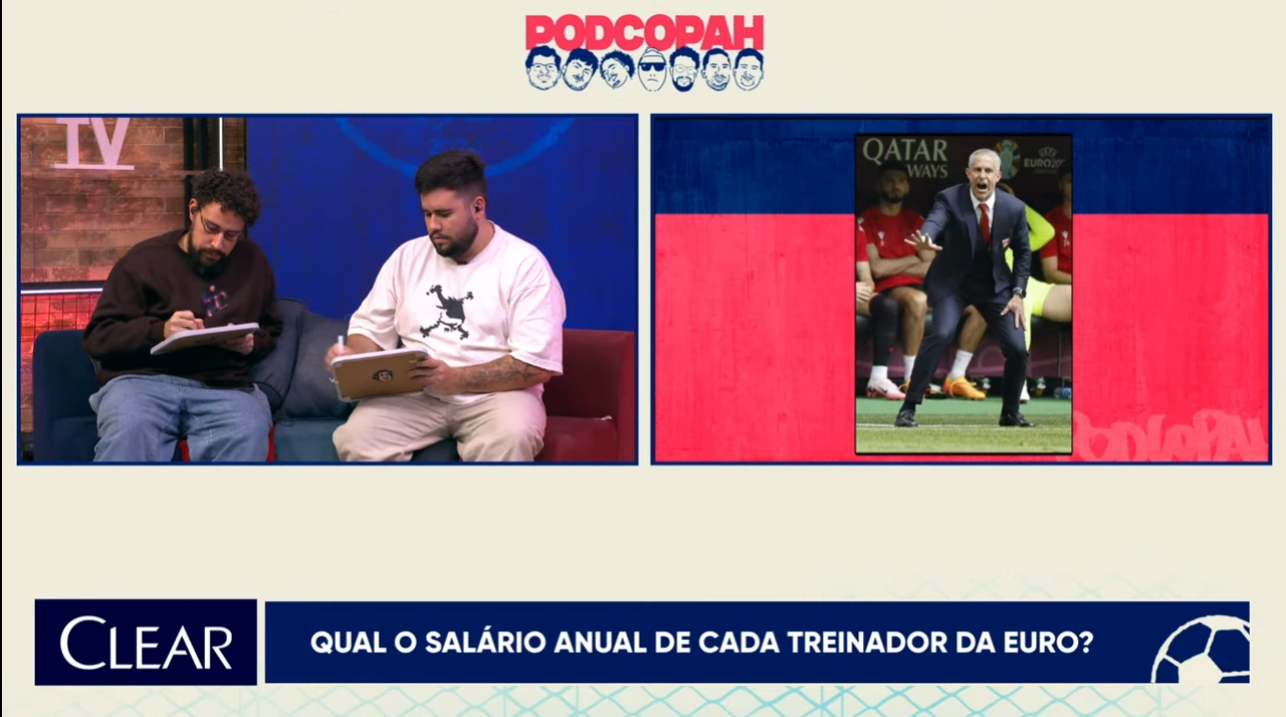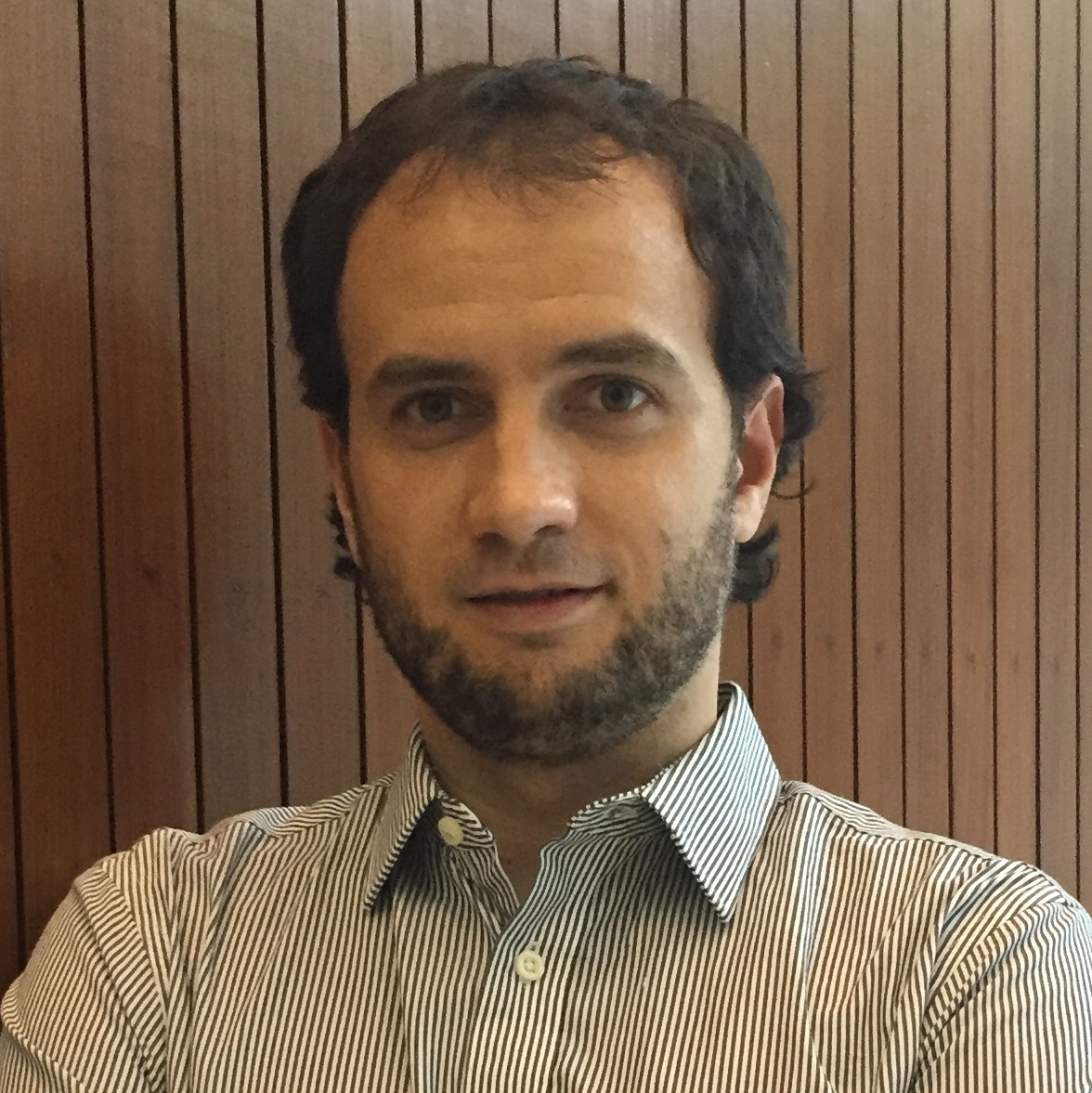Why a Streamer in Brazil was Given the Rights To Cover the Olympics—And What We Can Learn From It
How streaming network CazéTV came to resemble a TV channel—without the network restrictions

Being granted coverage rights for the Olympics brings an array of benefits to a channel. The guaranteed interest from audiences, combined with the expanded possibilities with video content, provide an opportunity to create audience loyalty. Not to mention, it means little to no competition: In most countries, a couple of broadcasters are given the rights, in some only one.
For Paris 2024, the channels that shared the rights in Brazil were a surprising choice and yielded surprising results. TV Globo, the mega-conglomerate and leader in audience retention for the past 60 years, covered the Olympics through its SporTV channels—and so did CazéTV, created by streamer Casimiro Miguel with LiveMode in 2022.
It's no secret that Brazil is a leader in the creator economy. In fact, Brazil holds a 45% percent share of the near-$1 billion generated in the Latin American and Caribbean influencer-marketing market last year. Exemplified by the growth of CazéTV, gone are the days where we associated YouTuber tech with a simple digital vlogging camera. Now, it’s more like a TV channel itself but without network restrictions.
How To Account for CazéTV’s Rapid Success?
What the hosts of CazéTV propose to audiences is entirely different in tone than traditional broadcasters. While Brazilians are generally well-humored, informality and comedy are embedded into the CazéTV universe—similar in tone to “The Daily Show,” but a step further in informality. Presenters and guests dress in jeans and a T-shirt, with international correspondents wearing affable CazéTV branded merch.
The choice of guests and correspondents proves that for CazéTV, charisma comes first. From comedians to ex-professional sportsmen to a recognized journalist with an impressive background working for Globo, a variety of Brazilian personalities drive the live entertainment for the channel.

CazéTV is also, to some degree, growing in accessibility. According to UNESCO, the percentage of Brazilian households with access to the internet increased from 40% in 2020 to over 70% in 2022. It’s also important to note that the streamer’s content, which now holds over 16 million subscribers on YouTube, isn’t held behind a paywall.
Essentially, if you have an internet connection and you’re in Brazil, you can watch CazéTV in your preferred device.
The professional video industry's #1 source for news, trends and product and tech information. Sign up below.
Personability Is Profitable, But Also Brings Uncertainty
Human stories bring life to sports and emotions are central to the fan experience. This is what is captivating about CazéTV: Its coverage is humorous, its celebrations expansive.
However, putting humor at the forefront brings its own set of challenges. Trusting that all guests and correspondents will know how to read the room when trying to make a joke is always a bet, and a slip-up can have negative repercussions for the channel. We know that’s part of the reason why media groups like Globo bring seriousness to their coverage: not just to convey respectability, but also because trying to be funny can bring the wrong kind of attention.
While creators make bets in their choices for tone, the visual presentation is non-negotiable. With the technology possibilities of today, viewers of all ages expect quality when watching a program—whether they’re tuning in from their phone, tablet, computer or TV.
A professional studio, sound and image quality, lighting and professional switching are all treated as a “given,” and this is where CazéTV resembles a regular television program the most. You can see the incredible job the production team does on every live stream and the care put into the studio, as well as video and audio quality.
Without taking themselves too seriously, the CazéTV team means serious business.
Leveraging the Digital Connection
By now, it’s well-known that digital platforms are incredibly effective in reaching younger audiences. According to LiveMode, 82% of CazéTV’s audience is under 44 years old, and its engagement with its audience goes beyond just watching the content.
During the live streams, Casimiro encouraged his audience to follow the Brazilian athletes they were discussing on social media, sharing their account names and celebrating follower growth milestones. Notably, judo gold medal winner Bia Souza went from 13,000 followers to now just over 3 million—expanding the athlete’s reach not only brings attention to the sport, but is undoubtedly valuable currency for the athlete to score sponsorship deals. It’s a massive influence in bringing diversified value to the sports market.
Although, while I’m comparing CazéTV and TV Globo because both shared access to Olympic coverage in Brazil, it’s not realistic to think of them as direct competitors. That would be silly: CazéTV had half a million viewers tune in for the Olympics opening ceremony, while Globo had 36.4 million viewers. When it comes to raw audience numbers, there is no competition.
But that doesn’t mean the power of content creators can be ignored, either.
What Is the Future of Live TV?
The answer is everything. Viewers with an internet connection are spoiled for choice. The space on the internet is also endless, whereas with television there are specific slots, with some being primetime and others predictably less busy.
This “space” means there is a place for all kinds of content to flourish. We’re seeing young content creators break the mold in some respects and uphold tradition in others. While CazéTV finds a home for humor in tone and attitude, it also still invests heavily in the quality of its production.
In the end, regardless of the size of the broadcast, quality and authenticity wins.

Gabriel Baños is a technology entrepreneur and the CEO & Founder of Viz Flowics, now part of Vizrt. Viz Flowics specializes in audience participation platforms that help broadcasters, streamers, and content creators engage and monetize viewers across digital spaces. The platform enables easy creation of interactive, multi-platform experiences for social media, streaming, and broadcast. Based in Buenos Aires, Argentina, his expertise spans business development, fundraising, startups, software architecture, and lean startup models, with a focus on innovation in IT business and media technologies.
